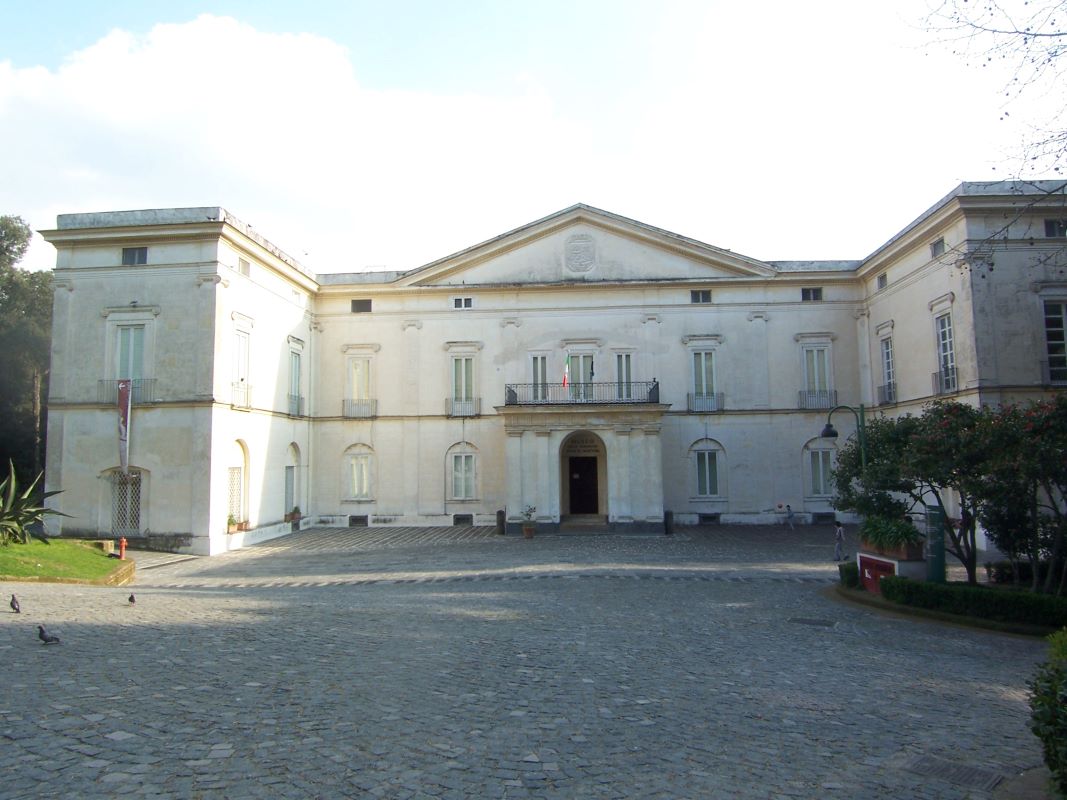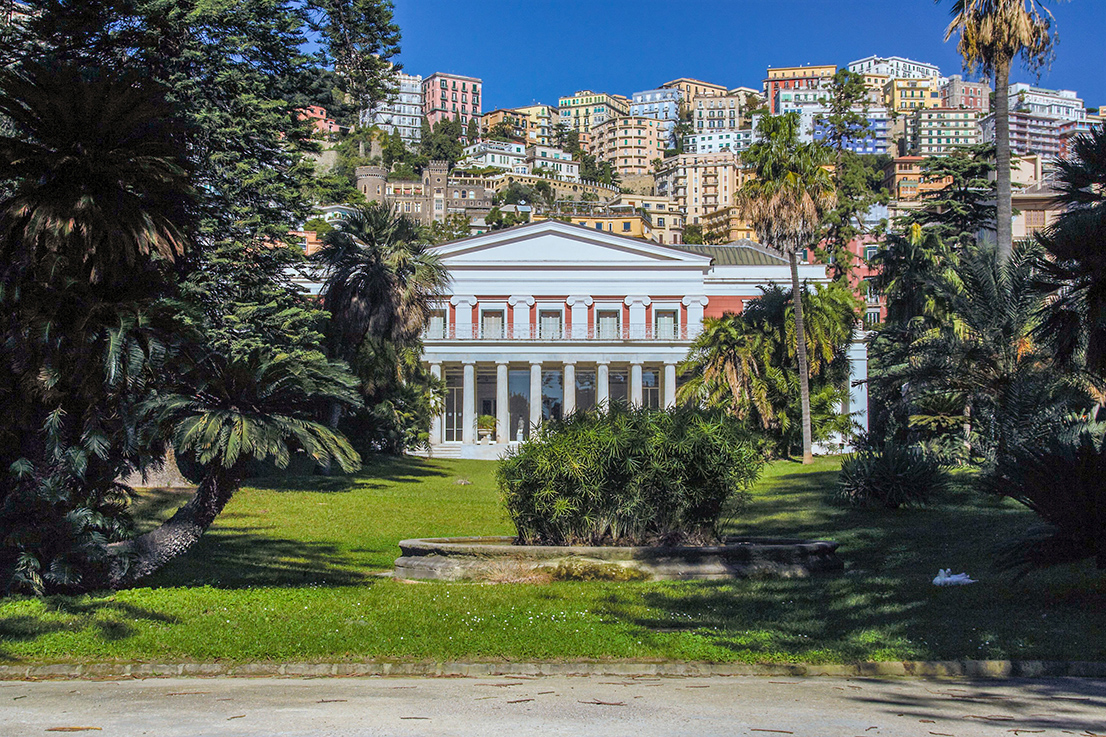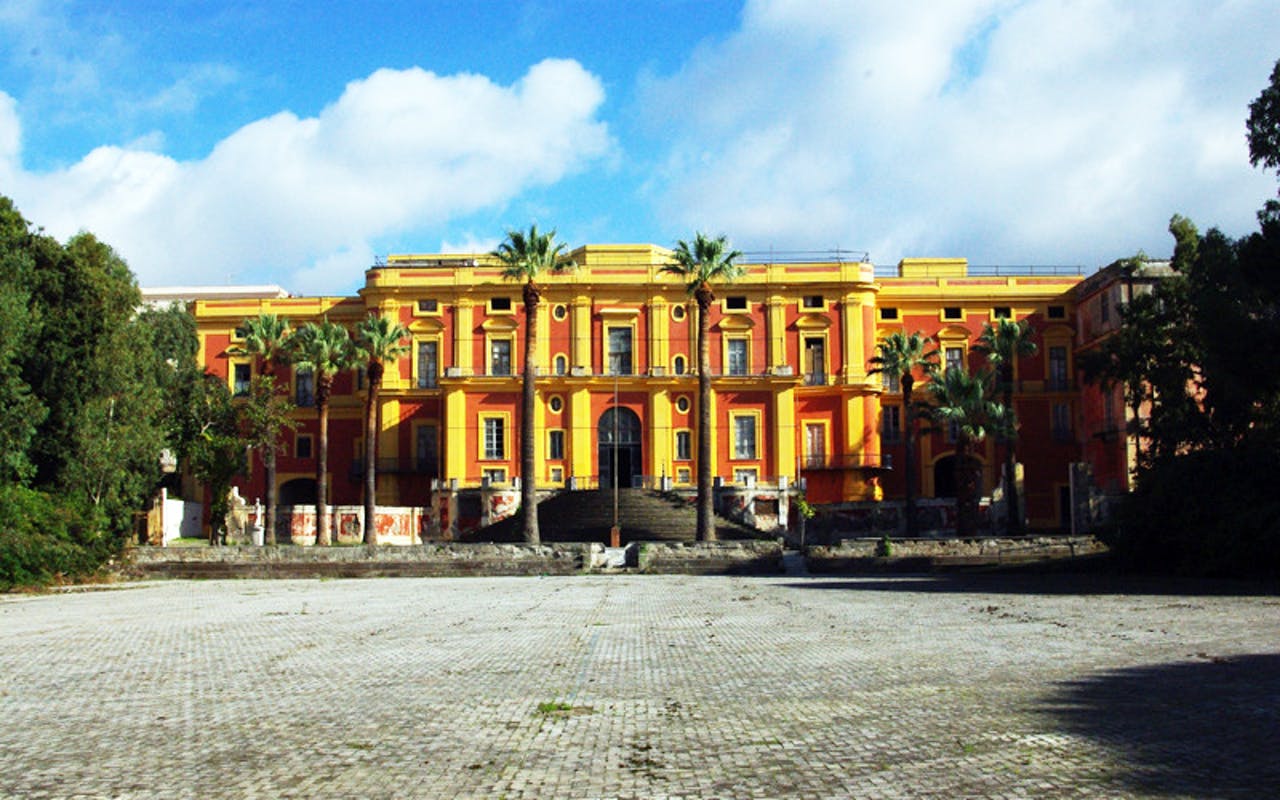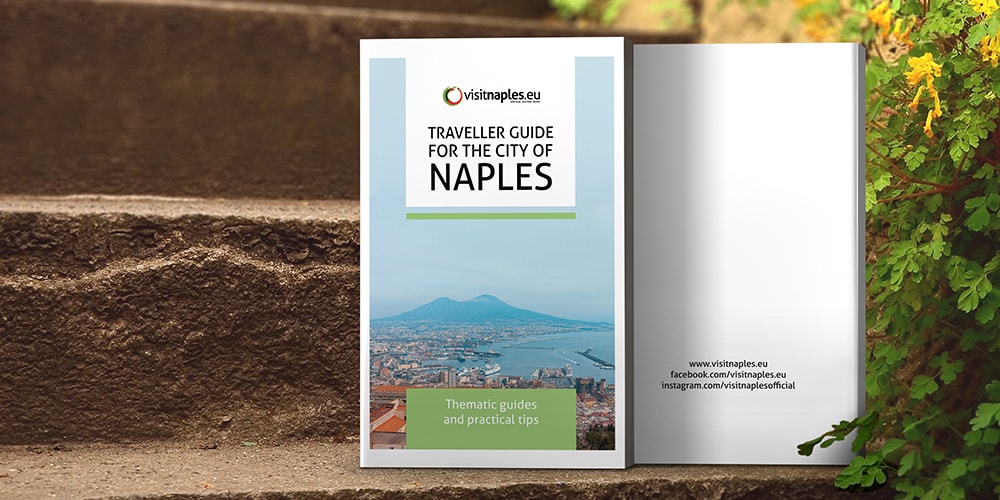Naples is a city rich in art and history. Countless are its attractions, its beauties and its prestigious monuments, famous and famous all over the world. This time we have prepared a singular itinerary, a tour of the most beautiful villas in the city, living and fruitful testimonies of the arciocracy of the Ancien Régime. Follow us, then. It will be an exciting journey!
1- Villa Rosebery: the queen of Posillipo, so loved by the powerful
.jpg)
The story of Villa Rosebery begins in 1820, when Agostino Serra di Terranova and his mother, the princess of Gerace, purchased a nucleus of rural buildings on the charming and pleasant hill of Posillipo. Those were the years in which Via Posillipo was being built, which would have connected the hill so loved by the Romans to the Mergellina area, making the enchanting area more easily accessible. The previous buildings were renovated by the architects Luigi and Stefano Gasse, who transformed the old farmhouse into a splendid villa, taking particular interest in the Belvedere casino, the current Bourbon house: it was here that the new owners settled, lived here happy days in one of the most beautiful places in the city of Partenope. In 1857, however, after the death of the Serra, the building experienced its second season. In fact, the villa was sold to the famous Luigi di Borbone, head of the Neapolitan Marina, who had the building fenced and built a huge wooded park. After the Bourbons, the structure changed hands to the businessman Gustavo Delahante who then sold it, at the end of the nineteenth century, to the English Prime Minister Lord Rosebery, from which the current denomination. The villa was the prerogative of the British government until 1932, when this was granted to the Italian State: since then the villa was the favorite residence of the Italian royalty. For two years, from 1944-1946, Vittorio Emanuele III made it his home. This institutional function is still performed: in fact the villa is part of the unavailable state patrimony, and often hosts, in view of great occasions, the President of the Italian Republic. For the general public, the monument can only be visited on the occasion of the extraordinary openings organized by Fai.
2 -Villa Floridiana: from Bourbon alcove to museum of decorative arts

First news about the Villa Floridiana is already in the XVIII century. At the beginning of the following century the villa was owned by the Saliceti family, heirs of Cristoforo, a "big piece" of the Murattian government. In 1817 the noble family ceded the building located on the Vomero hill, and the relative piece of land, to King Ferdinand of Bourbon, who transformed it into the "luxurious and luxurious" summer residence of Lucia Migliaccio di Partanna, Duchess of Floridia, married with morganatic wedding after the death of Queen Maria Carolina. The rearrangement of the previous building, equipped with a small casino and a coffee house, was entrusted to Antonio Niccolini, who gave the structure a neoclassical style, also designing an English garden so popular at that time. In 1826 with the death of the Duchess of Floridia, the park and buildings underwent significant transformations promoted by the deceased's heirs. In 1919 the Villa was purchased by the state which in 1924 assigned it to the museum. Seven years more the Duke of Martina Museum will be born, one of the most prestigious museums in the world of decorative arts. The founding core of the museum is the collection that Placido de Sangro, Duke of Martina, donated to the city of Naples in 1911. Today, a visit to the Duke of Martina Museum and Villa Floridiana allows, therefore, not only to fully relive the sumptuous and intriguing atmospheres of a by now vanished era. But also to enjoy one of the most important oriental art collections in the world. In the background, the splendid landscape of the enchanting Partenope ...
3 - Villa Pignatelli: a jewel of imperishable beauty

One of the most beautiful villas in the city of Naples is certainly Villa Pignatelli, magical and seductive queen of the Riviera di Chiaia. Its history began in 1826, when Admiral Ferdinando Acton commissioned the construction of the building from the young architect Pietro Valente. He built not only the main noble residence, immersed in the middle of the beautiful park, but also the butler's apartment, the two pavilions of the Riviera and the servants' homes. The decorations of the apartment and the beautiful marble staircase at the entrance belong to the Tuscan Guglielmo Bechi. In 1841, with the disappearance of Acton, the villa was sold to the German banker Carl Mayer von Rotschild, from 1821 in business in Naples. With the fall of the Rotschilds, however, in 1867 the building was alienated to Prince Diego Aragona Pignatelli Cortes, client of buildings such as the Neo-Gothic Tower and the Swiss Chalet, embellishment work that was continued by his grandson Diego, who made the villa confer a more gorgeous appearance. Finally, in 1952, Princess Rosina decided to sell the entire complex to the Italian state which transformed it into the current museum. In this way, the memory of the Pignatelli family "would have been preserved intact without the usual collection losses". And you visitors have thus been granted the possibility of a wonderful journey through Time and Beauty.
4 - Villa Campolieto: a gem of the Vesuvian area

And now let's move from the center of Naples to move towards the Vesuvian area, along that Miglio D'Oro so rich in prestigious villas and ancient residences. Here we come across Villa Campolieto, not far from the Royal Palace of Portici. The villa was built in 1755 by the Duke of Casacalenda, Prince Luzio De Sangro, who entrusted the construction to the famous architect Mario Gioffredo. These were then replaced by Luigi Vanvitelli who led the direction of the works until his death, which occurred in 1773: it was his son Carlo who continued his father's work worthily. The monument was purchased by the Authority for the Vesuvian Villas in 1977, an institution that sponsored its recent restoration, restoring its prestige and dignity lost due to the injury of the centuries. Not to be missed, if you are visiting Villa Campolieto, are the Sala degli Specchi, a sort of anteroom where women gathered before the big holidays, and the adjoining Salone delle Feste, wonderfully decorated with frescoes of mythological subjects. Of great artistic value is also the beautiful fresco created by Magrì and Fischetti in the large dining room, where the De Sangro family is represented, struggling with the "usual worldly routine". Not to be missed, not far away, near the door, a rare self-portrait by Vanvitelli complete with a monocle. Your visit ends on the large terrace, from where you can enjoy the 360 degree view of the Gulf of Naples, from Posillipo to the Sorrento Peninsula, from Ischia to Capri.
Villa La favorite: the lighthouse of the Golden Mile

Our tour ends right here, in the shadow of Vesuvius, along the Golden Mile, with the splendid Villa "La favorita", a masterpiece of the great architect Ferdinando Fuga. The curious name was given to the building by King Ferdinand IV of Bourbon in honor of his wife, Queen Maria Carolina of Austria. Even this villa, like the previous one, has been restored to its former glory by the Vesuvian Villas Authority, after years of neglect and misuse. The beauties of the Villa tell us their story. For example, the beautiful park, owned by Leopoldo di Borbone, was embellished by the construction of rides, orchestras and carousels, for his own joy and for the joy of the people who had access to the park since 1823. Here, too, it is possible to enjoy a splendid panorama, especially from the characteristic Casina dei Mosaici: the pier which allowed the royals to directly access their residence by sea is of particular historical interest. Memorable, in 1802, the return from Palermo of Ferdinand IV of Bourbon after the Neapolitan revolution of 1799. But it does not end here. Other stories and other beauties await you at Villa Favorita. So what are you waiting for? Get on the road!










Lascia un commento